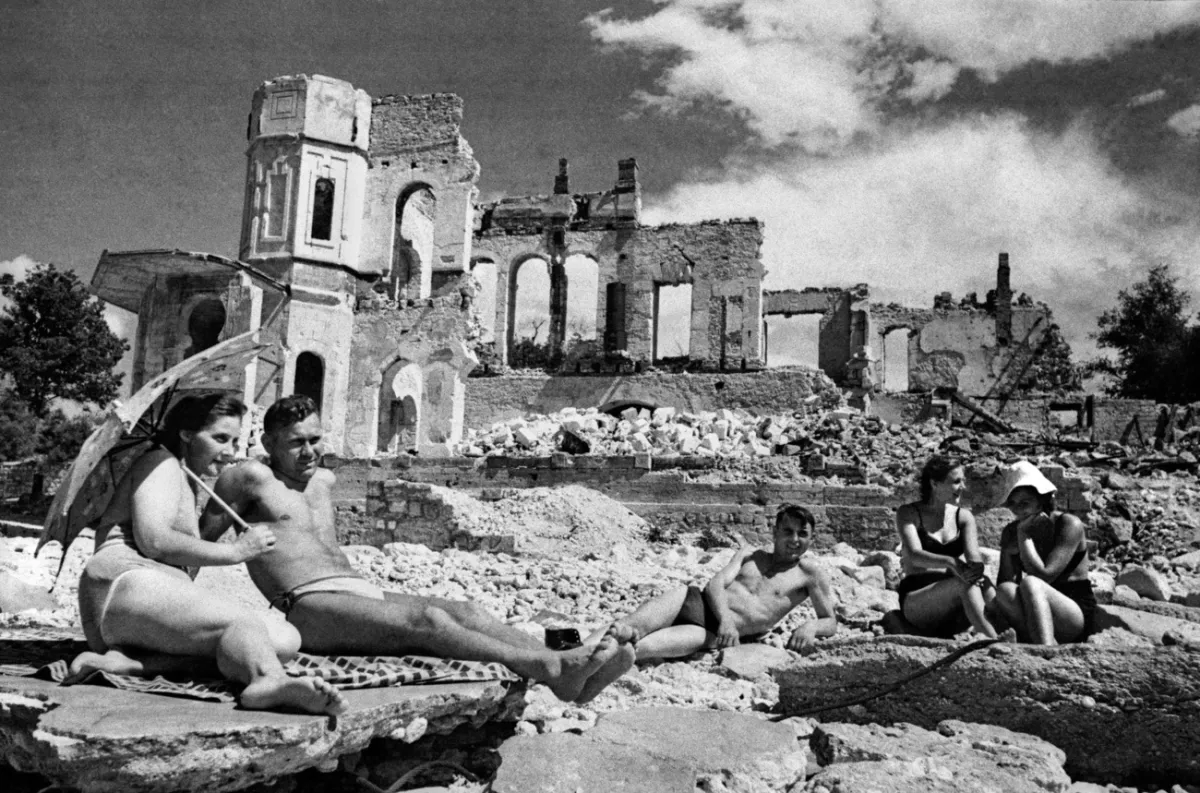
Why Studying Eastern European History Is So Political
-
Deutsch
de
Warum das Studienfach Osteuropäische Geschichte so politisch ist
Original
Read more: Warum das Studienfach Osteuropäische Geschichte so politisch is
中文
zh
理解乌克兰战争,先要读懂东欧史
Read more: 理解乌克兰战争,先要读懂东欧
Just a few years ago, telling people in Switzerland that I am an Eastern Europe historian barely raised an eyebrow. Today, the reaction is very different. Most people show great interest and almost immediately steer the conversation towards the war in Ukraine. Even more than three years on, this war continues to dominate the media, with historians of Eastern Europe regularly contributing to the debate.
And yet, many people are still surprised that this seemingly exotic field even exists. Eastern European history stands out in the university landscape of the German-speaking world because, as a geographically defined subdiscipline, it has its own chairs and institutes. Western, Southern and Northern European history are also studied and taught, but they are hardly ever institutionalised. Eastern Europe's special status has deep historical roots: more than any other field, it has been, and continues to be, directly shaped by current events.
A political look to the EastThe roots of Eastern European history as an academic discipline go back more than 100 years. Since the 19th century, universities have traditionally researched Slavic languages and cultures, often with a historical focus. In Switzerland, Elsa Mahler made her mark in this field when she became the first woman to be appointed professor at the University of Basel in 1938.
Meanwhile, in the 20th century, various German and Austrian historians established themselves as experts on Russia and Eastern Europe. Some were particularly keen to act as mediators between Germany and Russia. Others, however, embraced German nationalist ideas, pursued a racially charged Ostforschung (studying the east) and promoted the historically untenable claim that Germans had always dominated Eastern Europe as“bearers of culture” over supposedly“inferior” Slavs.
More Opinion More War & peace BRICS and the legacy of the Non-Aligned MovementThis content was published on Sep 22, 2025 Are the BRICS the new Non-Aligned Movement? Historian Nataša Mišković points out differences and similarities.
Read more: BRICS and the legacy of the Non-Aligned Movemen
Legal Disclaimer:
MENAFN provides the
information “as is” without warranty of any kind. We do not accept
any responsibility or liability for the accuracy, content, images,
videos, licenses, completeness, legality, or reliability of the information
contained in this article. If you have any complaints or copyright
issues related to this article, kindly contact the provider above.
Most popular stories
Market Research

- Financewire And Tipranks Partner To Redefine Financial News Distribution
- Ethereum-Based Defi Crypto Mutuum Finance (MUTM) Reaches 50% Completion In Phase 6
- Stonehaven Circle Marks 13Th Anniversary With Hadrian Colwyn Leading Calvio Ailegacyx Innovation
- Citadel Launches Suiball, The First Sui-Native Hardware Wallet
- Motif AI Enters Phase Two Of Its Growth Cycle
- Dubai At The Centre Of Global Finance: Forex Expo 2025 Redefines The Trading Landscape



















Comments
No comment